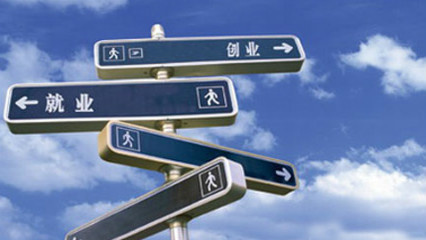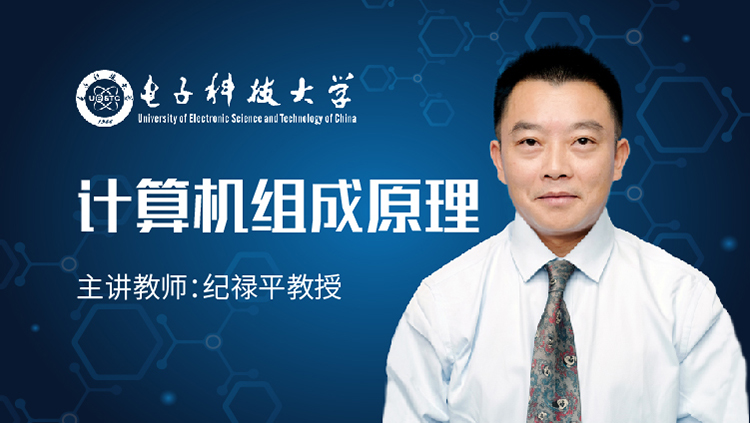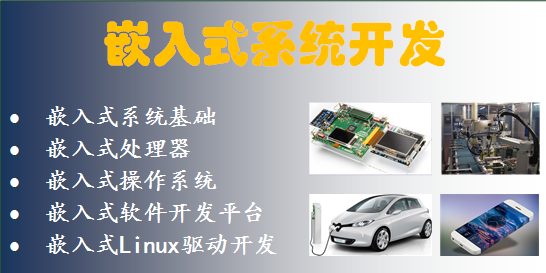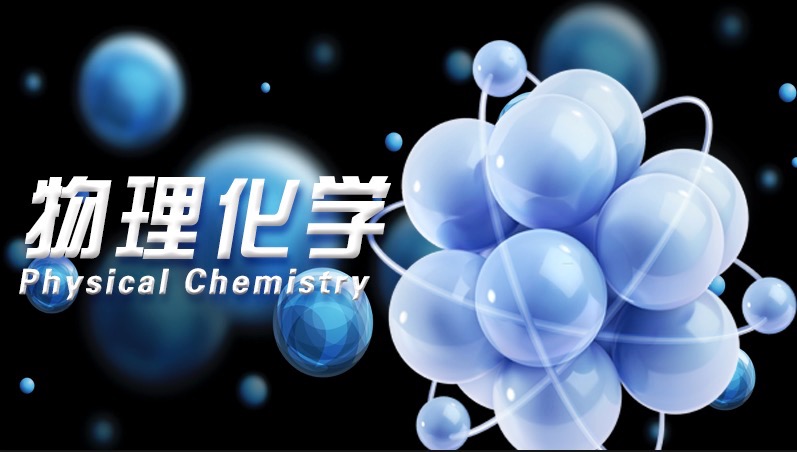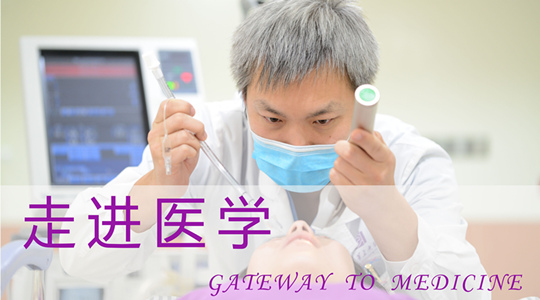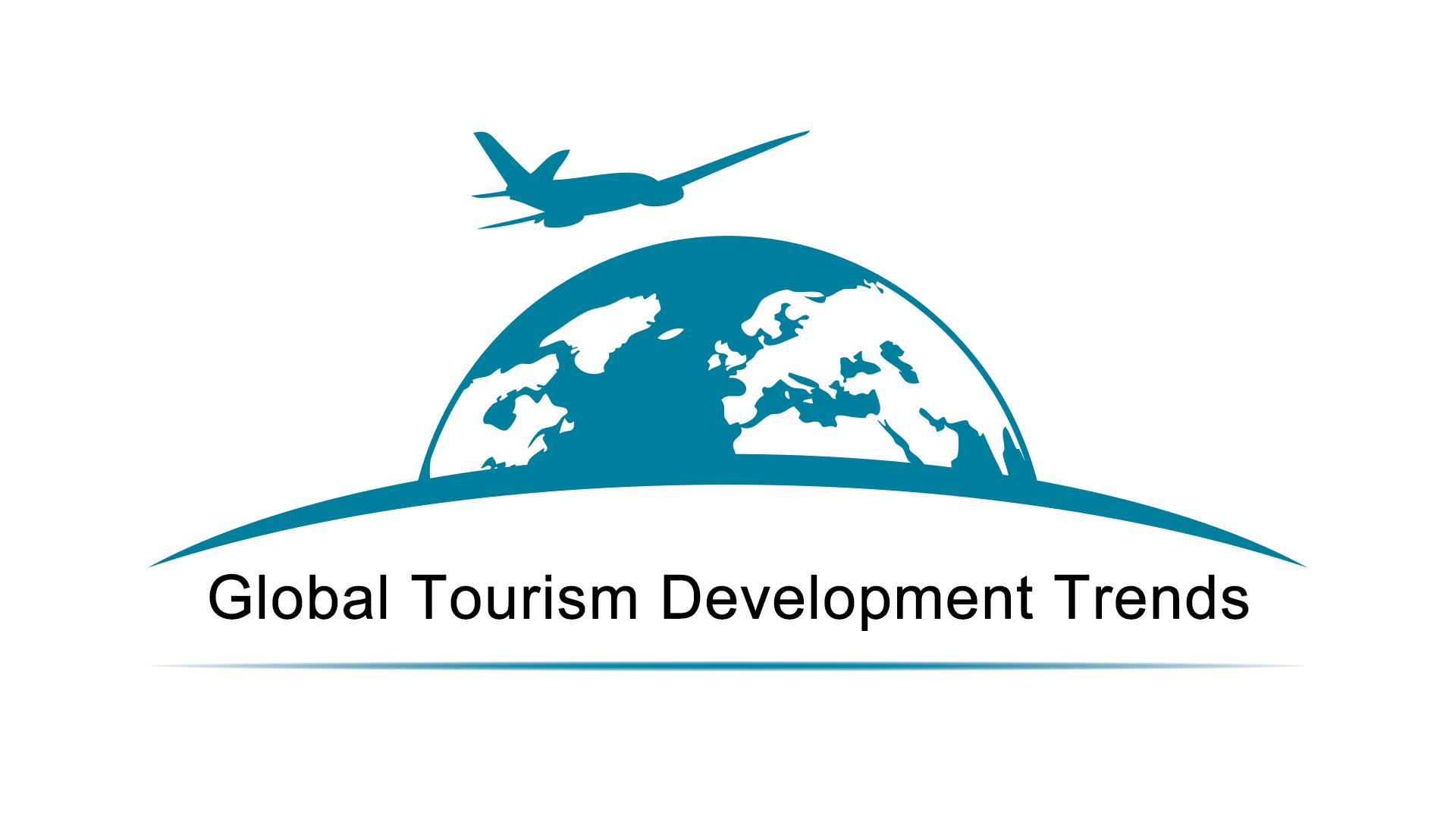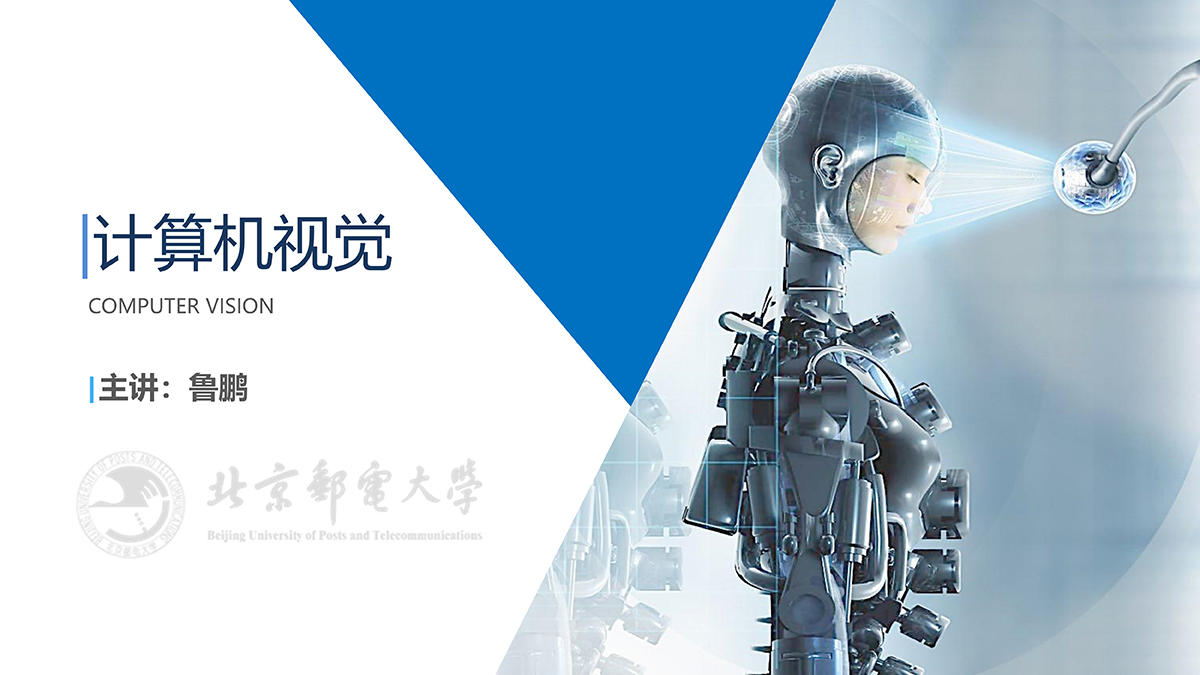
当前课程知识点:Gateway to Medicine: An Introduction to the Field of Medicine > CH09 The movement and injury of human body——The motor function of human body > 07 Ankle sprain > Ankle sprain
返回《Gateway to Medicine: An Introduction to the Field of Medicine》慕课在线视频课程列表
返回《Gateway to Medicine: An Introduction to the Field of Medicine》慕课在线视频列表
下面我们来看一下
踝关节扭伤的发生
究竟踝关节的扭伤
是如何发生的
又有哪些损伤类型
这取决于扭伤的那一刻
足所处的位置
以及所受外力的类型
踝关节的损伤分型
是丹麦医生Lauge-Hansen
在1950年提出来的
他将损伤的机制
和骨折的类型相结合
对韧带的损伤程度
以及手术的方式选择
有着重要的参考价值
在这里
我们只讲其中的两个类型
让我们首先来注意一下
足受伤的位置
你脚是这样扭的呀
还是这样扭的呀
像第一种那样
这样扭的是吧
对
来 我来给您检查一下
先要看内踝尖
这疼吗
不疼
这些地方都疼吗
都不疼
都不疼是吧
来我们看 这疼吗
这疼 这疼
好好 这疼吗
这有一点疼 有点疼
这疼吗 这不疼 这不疼是吧
我再摁一下啊
这个地方疼吗 这个地疼
这疼啊 这疼吗
这疼疼
这边疼吗 这边也疼
这边疼不疼 这边不疼
我来动您一下啊
这样疼吗 这样不疼
这样呢
不行不行 这样疼
这样疼是吗
我来看一下啊
足在旋后的位置的时候
外侧副韧带是被张紧的
因此首先会损伤
而足如果在旋前的位置时
内侧的副韧带被张紧
首先损伤
然后我们看一下
足所受到的暴力
典型的病例
可以发生在篮球场上
下落时不幸踩到队友的脚上
或者是穿高跟鞋下楼梯
或者走不平坦的道路时踩空
导致的扭伤
这时足在旋后的位置上
受到一个内收的暴力
是我们最常见的扭伤类型
这种扭伤分为两度
Ⅰ度的损伤
可以出现腓骨远端的撕脱骨折
也可以是外侧副韧带的断裂
如果暴力比较大
距骨继续撞击到内踝
还可以导致内踝的垂直型骨折
甚至关节面的压缩
这就是我们说的Ⅱ度损伤了
旋前外旋型损伤
旋前外旋型损伤为一系列损伤
可以分为四度
Ⅰ度的损伤
当足受到外旋的暴力作用
内侧副韧带首先断裂
或者内踝撕脱骨折
Ⅱ度的损伤
当足继续向外侧旋转
将导致下胫腓前韧带的断裂
Ⅲ度损伤
足再继续旋转
将腓骨造成一个螺旋型的骨折
Ⅳ度损伤将导致后踝的骨折
那么我们如何来评估
一个踝关节扭伤的严重程度呢
下面我们来讲一下
很多的朋友在扭伤足踝之后
第一个要问的问题就是
我是不是需要去
拍一个X线片呢
大多数非医学类的朋友
可能会说
不就是个扭伤吗 养几天
如果不好的话再去医院
但是如果你的朋友
恰好是个骨科医生
可能在简单的检查之后
他会告诉你
来 去拍个片子吧朋友
他是怎么做出这样的决定呢
最常见的一个标准
就是我们说的Ottawa标准
这是一个加拿大学者
在1992年提出的
具体内容如下
当足踝区扭伤后
发生以下三个征象指征之一
就需要做一个X线的检查
第一外踝尖或腓骨远端
6cm以内的区域的压痛
第二内踝尖或者胫骨远端
6cm以内的骨骼压痛
第三无法完全负重行走
当足的中区疼痛
伴随以下四个征象之一时
需要进行X线检查
第一第五跖骨基底处的骨压痛
第二足舟骨处的骨压痛
第三无法完全负重行走
另外我们还应该关注一下
韧带的损伤
需要检查内外侧副韧带
是否有压痛和肿胀
另外还要检查一下踝关节
在内翻 外翻
以及向前的拉力下
是否能够维持稳定
跟健康的一侧进行对比
从而判断踝关节的稳定情况
以及韧带是否损伤
踝关节扭伤的处理
踝关节(扭伤)
是急诊最常见的运动损伤
可以占到整个的25%
而其中外踝的扭伤
又占到了85%
面对如此常见的损伤
我们每个人都应该掌握一点
处理的常识
作为踝关节扭伤的
紧急处置措施
RICE原则已经成为了经典
那么它分别包括以下几个方面
一个是Rest 也就是休息
这时你要停止走动
让受伤的部位静止休息
减少进一步的损伤
第二是Ice 也就是冰敷
让受伤的部位温度降低
减少炎症反应以及肌肉的痉挛
缓解疼痛 抑制肿胀
每次大约需要冰敷10-20分钟
每天3次以上
标准的冰敷方法是使用冰袋
里面装上冰水混合物
这样既可以保证温度是零度
不至于过冷
同时能够让形状更加贴服
冷敷更加均匀
当然如果条件不允许的话
也可以使用湿毛巾包裹冰块
甚至冰镇的饮料等等进行冰敷
注意冰敷仅限于
伤后的48或者72小时内
第三是Compression
也就是加压
可以使用弹性的绷带
包裹受伤的踝关节
适当的加压以减少肿胀
注意不要过度加压
否则会让包裹处远端的
肢体肿胀和缺血
最后是Elevation 也就是抬高
将患侧肢体抬高
高于心脏的位置
可以增加静脉和淋巴的回流
减轻肿胀 促进恢复
当然以上的原则
适用于损伤的急性期
也就是伤后的48到72小时内
或者是来到医院就诊之前的
院前处置
在这之后可以适当的热敷
促进血液循环 以利于消肿
大多数轻症损伤的患者
经过这样的治疗
是可以痊愈的
但是经过踝关节稳定性的评估
如果出现踝关节韧带的损伤
稳定性受损
那么就应该进行
更积极的治疗了
有资料表明
在未经过正规治疗的患者中
踝关节再次损伤的可能性
是经过正规治疗患者的3-4倍
这就是为什么
我们经常听到有的患者说
我崴了一次脚以后
经常容易反复的崴
总是会伤到这一侧
那么更积极的治疗包括什么呢
主要包括限制活动
比如用石膏或者踝关节固定带
进行固定
以及限制患侧肢体的负重
这样大约三到四周以后
可以拆除固定支具
开始逐步的功能锻炼
这样的话
可以尽量保证韧带的愈合
如果是慢性的 反复的
踝关节扭伤
很可能是出现了韧带的断裂
甚至软骨的损伤 滑膜的炎症
还可能出现关节内的游离体
和关节的创伤性关节炎
这个时候
可能就需要手术了
-01-The basic condition of the air
--The basic condition of the air
-02-What is smog and its influence to the body
--What is smog and its influence to the body
-03-The structure and the function of human respiratory system
--The structure and the function of human respiratory system
-04-How the smog cause the human respiratory system disease
--How the smog cause the human respiratory system disease
-05-Asthma
--Asthma
-Exercise 01
-06-COPD
--COPD
-07-Lung cancer Ⅰ
-08-Lung cancer Ⅱ
-Exercise 02
-01 Dissection of genital organs
--Dissection of genital organs
-Exercise 01
-02 The formation of embryo and fetal appendage
--The formation of embryo and fetal appendage
-Exercise 02
-03 Characteristic of embryonic and fetal development
--Characteristic of embryonic and fetal development
-04 Maternal changes during pregnancy
--Maternal changes during pregnancy
-05 Four factors that affect childbirth
--Four factors that affect childbirth
-06 Mechanism of labor
-01 The energy requirement and the metabolic characteristics of kids
--The energy requirement and the metabolic characteristics of kids
-02 Need of the nutrition and metabolism of kids Ⅰ
--Need of the nutrition and metabolism of kids Ⅰ
-Exercise 01
-03 Need of the nutrition and metabolism of kids Ⅱ
--Need of the nutrition and metabolism of kids Ⅱ
-Exercise 02
-04 Guided feeding of infant Ⅰ
-Exercise 03
-05 Guided feeding of infant Ⅱ
-06 Guided feeding of infant Ⅲ
-01 Introduction
-02 What is tumor
-03 The general shape of tumor
-04 The atypia of the tumor
-05 Name and classification of the tumor
--Name and classification of the tumor
-Exercise 01
-06 The growing type of the tumor
--The growing type of the tumor
-07 Spread of tumor
-Exercise 02
-08 The grading and staging of tumors and the effects to the body
--The grading and staging of tumors and the effects to the body
-09 The difference between benign and malignant tumors
--The difference between benign and malignant tumors
-10 The environmental causes of cancer
--The environmental causes of cancer
-11 Heredity and tumor
-01 Overview
--Overview
-02 Sudden cardiac arrest
-Exercise 01
-03 Non-professional life support
--Non-professional life support
-Exercise 02
-04 Professional life support
-Exercise 03
-05 Adult advanced life support Ⅰ
--Adult advanced life support Ⅰ
-Exercise 04
-06 Adult advanced life support Ⅱ
--Adult advanced life support Ⅱ
-Exercise 05
-07 Electric defibrillation
-01 Introduction
-02 Risk factors and pathogenesis of atherosclerosis
--Risk factors and pathogenesis of atherosclerosis
-03 Pathological changes of atherosclerosis
--Pathological changes of atherosclerosis
-Exercise 01
-04 Atherosclerosis of vital organs
--Atherosclerosis of vital organs
-05 Coronary atherosclerotic heart disease
--Coronary atherosclerotic heart disease
-Tips 03
--Tips 03
-06 Primary hypertension
-Exercise 02
-07 The etiology and pathogenesis of hypertension
--The etiology and pathogenesis of hypertension
-08 The types and pathologic changes of essential hypertension
--The types and pathologic changes of essential hypertension
-Exercise 03
-01 Overview Ⅰ
-02 Overview Ⅱ
-03 What is virus
-Exercise 01
-04 The structure and functions of influenza viruses
--The structure and functions of influenza viruses
-Exercise 02
-05 Different type of influenza viruses
--Different type of influenza viruses
-Exercise 03
-06 Bird flu
--Bird flu
-Exercise 04
-07 Street virus
-Exercie 05
-01 Introduction
-02 Chronic gastritis caused by helicobacter pylori infection
--Chronic gastritis caused by helicobacter pylori infection
-Exercise 01
-03 Helicobacter pylori causes peptic ulcer
--Helicobacter pylori causes peptic ulcer
-Exercise 02
-04 Pathological changes of peptic ulcer
--Pathological changes of peptic ulcer
-Exercise 03
-05 Gastric cancer
-01 The evolution of biological motion
--The evolution of biological motion
-02 Biomechanics of human motion
--Biomechanics of human motion
-Exercise 01
-03 The perfect unity of function and structure
--The perfect unity of function and structure
-Exercise 02
-04 A brief history of trauma orthopedic development Ⅰ
--A brief history of trauma orthopedic development Ⅰ
-05 A brief history of trauma orthopedic development Ⅱ
--A brief history of trauma orthopedic development Ⅱ
-Exercise 03
-06 Sprain and fracture of the ankle joint
--Sprain and fracture of the ankle joint
-Exercise 04
-07 Ankle sprain
-Exercise 05
-08 Prevention of ankle sprain
-Final Exam
